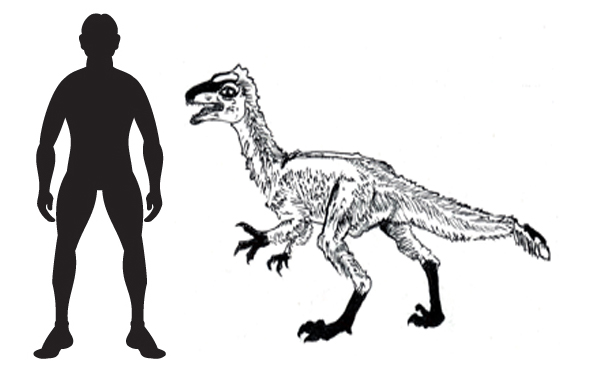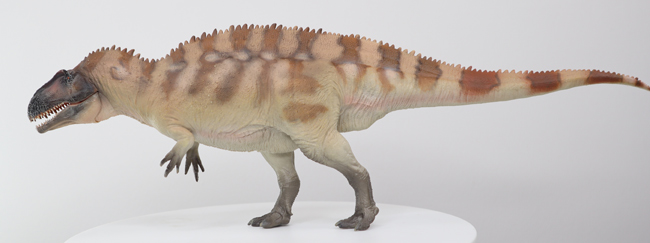Acrocanthosaurus – Naming a Cretaceous Theropod Dinosaur
Today, we look at the giant theropod dinosaur called Acrocanthosaurus, fossils of which can from North America.
In the course of our work at Everything Dinosaur we get involved in all sorts of activities involved with dinosaurs and prehistoric animals. We can be advising a teacher on a dinosaur themed science project, proof reading some text, or replying to a specific query related to the Mesozoic or some other aspect of palaeontology. It is all in a day’s work for us.
Acrocanthosaurus
Take for example, a recent query from a games manufacturer, they requested we supply them with information on typical large, meat-eating dinosaurs from the Early Cretaceous and provide details on one such animal. Happy to oblige, although what is a “typical” carnivorous theropod from the Cretaceous is difficult to define.
In general terms, the sauropods were slowly but surely being replaced in many ecosystems by the diversifying ornithopods. The ornithopods were becoming more prominent and replacing Sauropoda as the dominant herbivorous dinosaurs in many parts of the world. Many of these animals were much smaller and as a result smaller theropods evolved to predate on them.
For example, there was the early tyrannosaurs such as Dilong (Dilong paradoxus) a predator less than two metres long. Eotyrannus, another member of the Tyrannosauroidea (fossils of which are associated with the Isle of Wight, England) has been dated to the Early Cretaceous (Barremian faunal stage). These types of dinosaurs were agile, but had the tyrannosaur features of broad, robust skulls.
A Scale Drawing of Dilong

Picture credit: Everything Dinosaur
To view a model of a feathered dinosaur and other small theropods, visit the Beasts of the Mesozoic section of the Everything Dinosaur website: Beasts of the Mesozoic Models and Figures.
Small Theropods
However, interesting these small theropods may be, our client requested information on a real show stopper, as it were – a large meat-eating dinosaur.
We chose to supply information on Acrocanthosaurus (pronounced Ak-row-can-tho-sore-us), the name means “high spined lizard” as a result of this animal’s very tall neural spines that run along the backbone. Although known from just a handful of skeletons and the taxonomic relationship between this dinosaur and other theropods is unclear, it fits the bill as a large predator. Measuring between 8-12 metres in length this animal was the top predator in its environment and may have been around as early as 120 million years ago.
The PNSO Acrocanthosaurus Dinosaur Model

There is much to be admired about this PNSO Acrocanthosaurus dinosaur model. It is so well balanced that it can stand on a solid surface without the need of the clear, plastic support. Picture credit: Everything Dinosaur.
The picture (above) shows a typical Acrocanthosaurus dinosaur model. This figure is from the PNSO model series: PNSO Age of Dinosaurs.






Leave A Comment